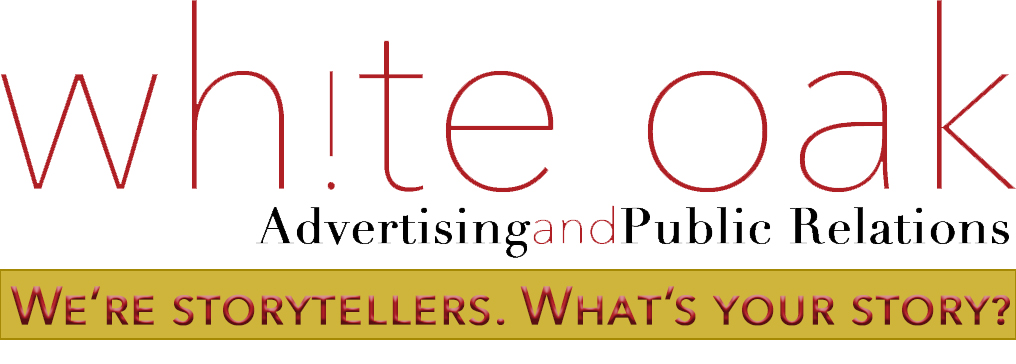These two terms may sound similar, but they are not the same thing.
Before we compare the two, let’s begin with a simple definition of each term:
Brand campaign- A focused effort to remind people “who you are” in addition to your product or service.
Product campaign- Using a variety of media to promote an item or a line of products.
Example of a successful brand campaign:
John Deere: “John Deere Green” and yellow colors since the 1960s.
The ad on the left is from 1964. The one on the right, 1996.
Example of a successful product campaign:
Always- “Like a Girl” campaign talks about stereotypes for women as they relate to men. The campaign showcases testimonials from older girls overcoming being self-conscious of doing “boy things,” while it shows younger girls doing everything the boy does with confidence and no hesitation.
These two ads from Always depict girls of different age groups.
Key differences between product and brand campaigns:
As you can see, there is a significant difference between a brand campaign and a product campaign.
Whether you are searching to promote your company’s brand or your products, we at White Oak can help you succeed!
Sources:
https://www.igi-global.com/dictionary/brand-driven-mobile-marketing/2827
https://bizfluent.com/13312280/how-to-market-a-product-campaign
https://stephanbrady.com/blog/difference-brand-campaign/
https://smallbusiness.chron.com/branding-vs-product-marketing-22583.html




